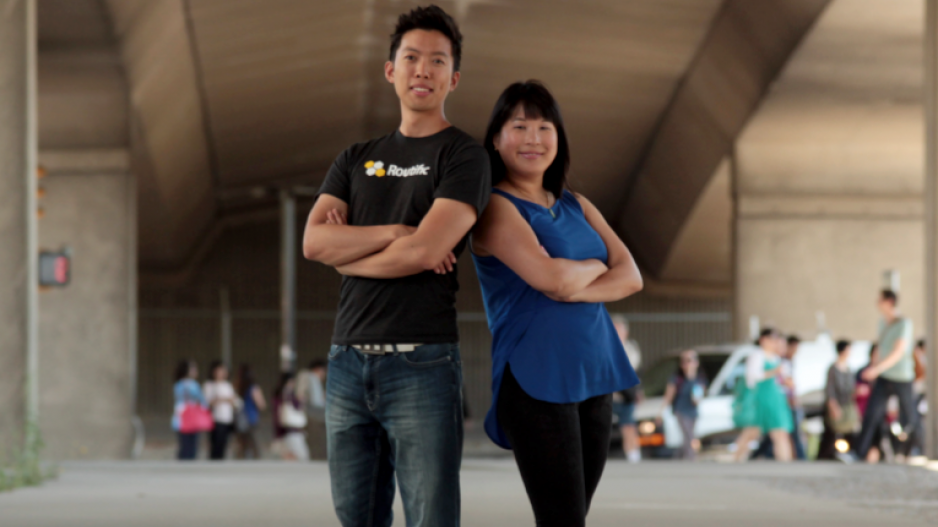As COVID-19 sends consumers away from restaurants and stores and into their homes, businesses will be under increased pressure to cut costs amid the shakier economic landscape.
Pierre Cleroux, chief economist at the Business Development Bank of Canada, said B.C.’s small businesses will soon feel squeezed by a lack of cash flow.
And on March 12 the Business Council of B.C downgraded its economic growth forecast for the province to between 1.3% and 1.5%.
But some West Coast firms appear poised for growth even as others are forced to tighten their belts in the coming months.
“Businesses — small, medium and large alike — are looking for opportunities to reduce their costs,” said Clearly Payments CEO Chris Farmer, whose Vancouver-based financial technology company facilitates payment processing for software companies and merchants.
He said COVID-19 was not on the horizon when his company began offering services earlier this year aimed at reducing costs and eliminating the hidden credit card fees that frequently hit merchants.
“But the truth is … this is one of the reasons we exist. In distressed times especially, as the economy is shrinking, as there’s a recession, there’s an opportunity where our value proposition becomes even stronger because every cent, every dollar matters,” said Farmer.
“It’s a daily conversation that we’re having internally because we never want it to seem or come across as if we’re exploiting the opportunity, because that’s not what we’re about.”
And as people take to their homes and opt for delivery services, Routific Solutions Inc. CEO Marc Kuo only expects pressure to mount for small- and medium-size businesses that own fleets of vehicles.
His Vancouver-based tech firm specializes in automated route optimization for SMBs, allowing companies to drop spreadsheets full of addresses into Routific’s platform that then uses a specialized algorithm to assign routes to hired drivers.
Routific’s target market includes technology-averse companies that have been manually creating their own routes, which can be a time-consuming process prone to human error.
“They’re going to see more and more demand from customers [amid COVID-19] and if they’re still manually route-planning, they’re going to feel the pain real quick,” Kuo said.
“If they have 20 orders a day, they can still figure it out. Once that jumps to 60 a day, they’re going to really feel the pain.”




